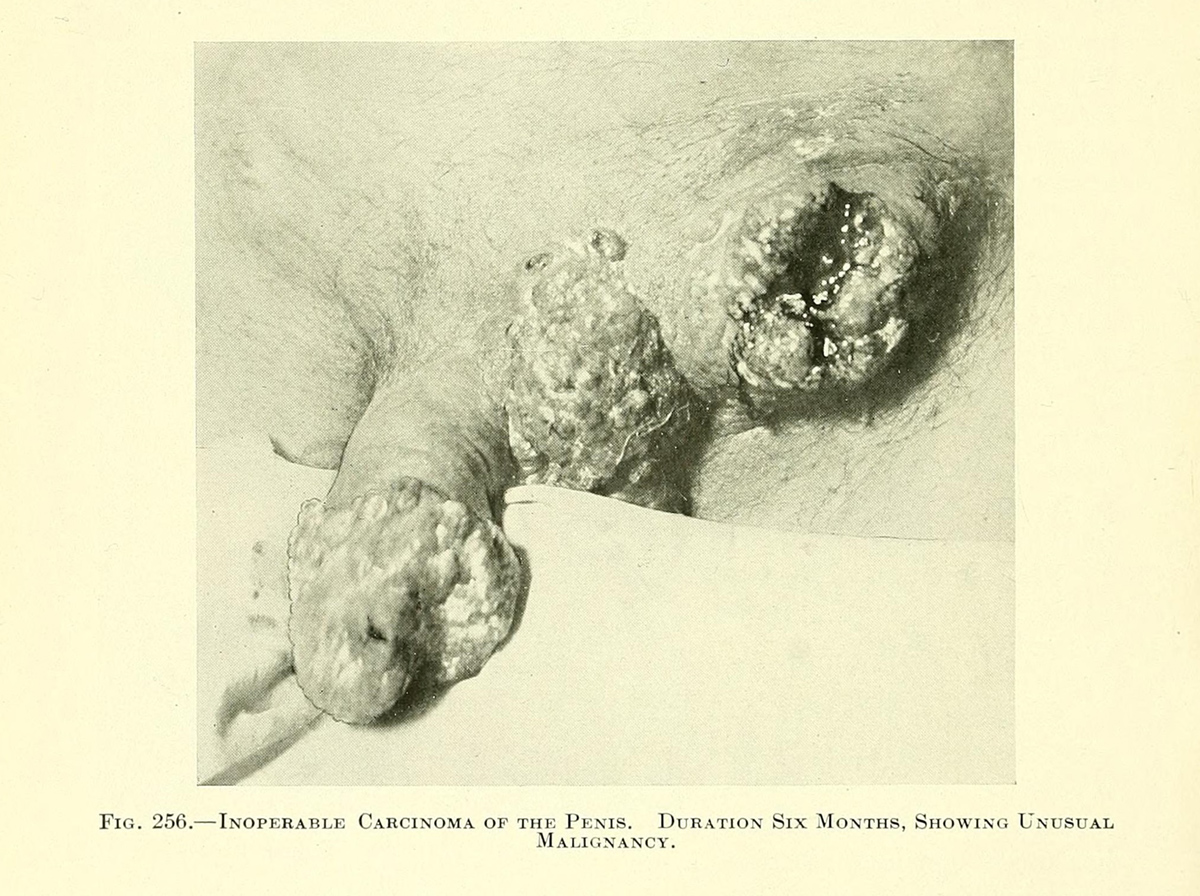
Chancroid
Chrancoid belongs to sexually transmitted diseases and is caused by Haemophilus ducreyi. The disease is highly contagious and features with genital ulcerations. It predominantly affects people in developing countries. The disease affects men more than women. The bacterium is transmitted via direct sexual contact. Chancroid additionally increases chances of getting HIV.
Characteristics of Chancroid
The incubation lasts approximately one week. After that period the patient notices lesions in genital area. These lesions eventually turn into rather painful ulcers. The surrounding skin and mucous membrane is erythematous. Ulcers are 1/8 of an inch up to 2 inches in size, soft with sharply defined or irregular borders. They are covered with a gray or yellowish material. The base of the ulcer bleeds easily if scraped. Men commonly develop one ulcer while women tend to have 4 or even more ulcers.
In men, ulcers predominantly affect foreskin, groove behind the head of the penis, shaft, head or opening of the penis. Even scrotum can be affected. In women labia majora are commonly affected. Even labia minora and perineal area can be covered with ulcers. Women may complain about pain during urination and intercourse.
50% of all patients additionally suffer from enlarged inguinal lymph glands. The infection can also lead to abscesses of the affected glands and eventual drainage of the puss.
Diagnosis of Chancroid
Clinical diagnosis of chancroid can be easily set thanks to typical appearance of the ulcers. But since the skin changes may resemble those in syphilis the most common way of conformation is culturing of the bacterium- Haemophilus ducreyi. Apart from culturing of the bacterium the disease can be confirmed by microscopic examination of the ulcer smear and Gram staining. Even certain modern antigen detection techniques such as immunoflorescence and radio isotopic procedures are available and highly sensitive in setting of the diagnosis.
Treatment for Chancroid and Prevention of the Disease
The treatment starts right after the examination of the patient. There are several antibiotics which are very efficient in eradication of the bacteria. They include azithromycin, Ciprofloxacin, ceftriaxone and erythromycin. Local surgical procedures are performed in patients whose inguinal lymph nodes are enlarged. The goal of the surgery is drainage before the affected lymph node ruptures.
Protection against chancroid can be achieved by usage of latex condoms. Some believe that water based spermicides can be another protective measure against chancroid. Still, this has not been confirmed yet.
Monogamy is a perfect solution and it can successfully prevent this sexually transmitted disease. And finally, one more solution includes complete abstinence.


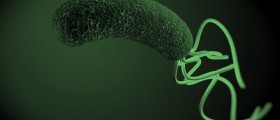
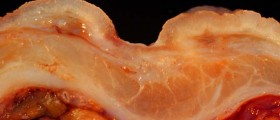


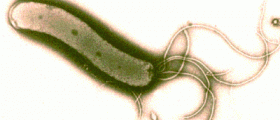

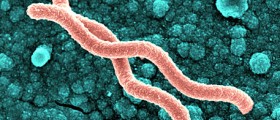


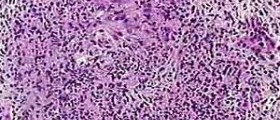





Your thoughts on this
Loading...